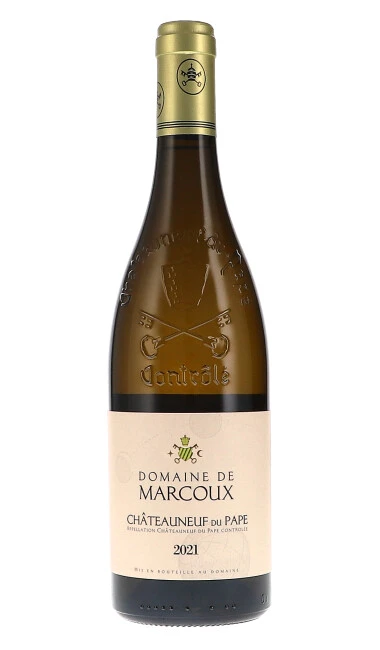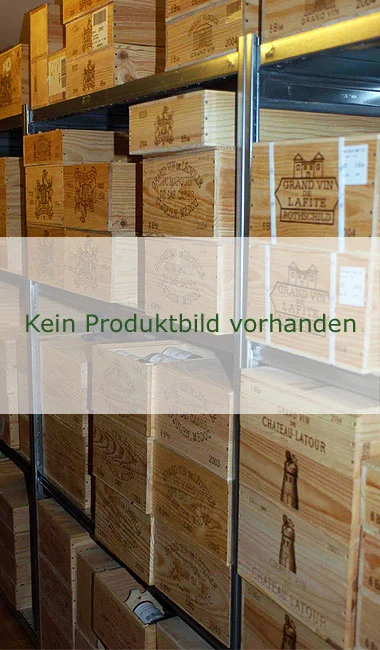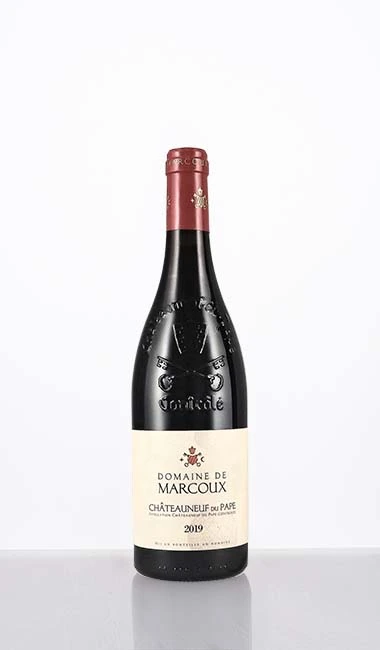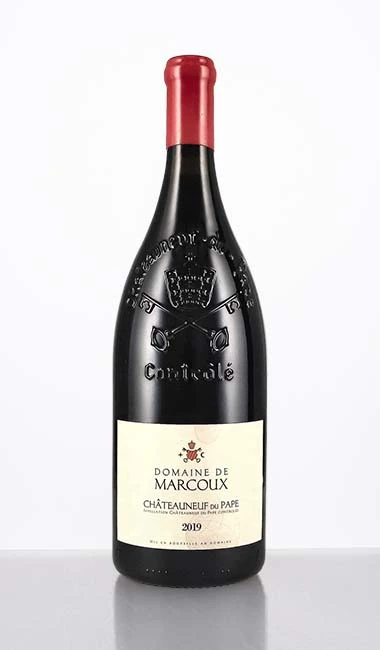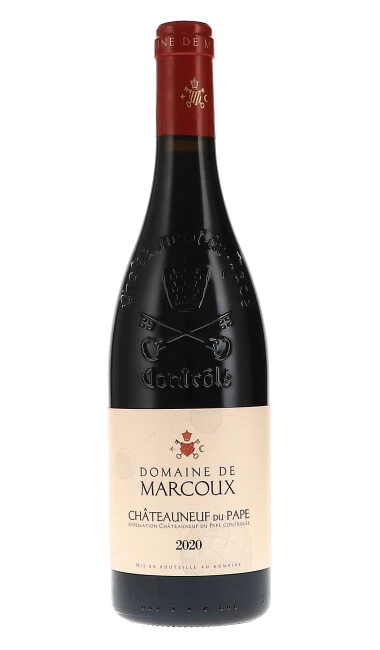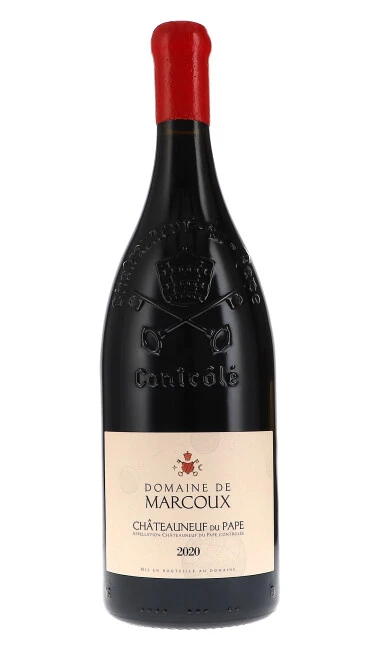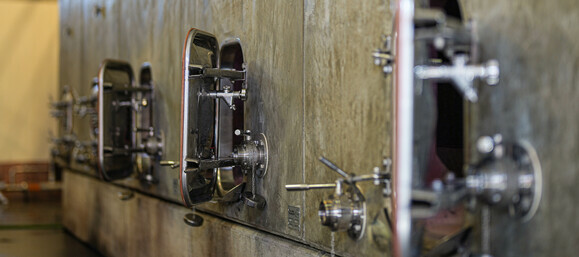Showing all 13 results
Marcoux
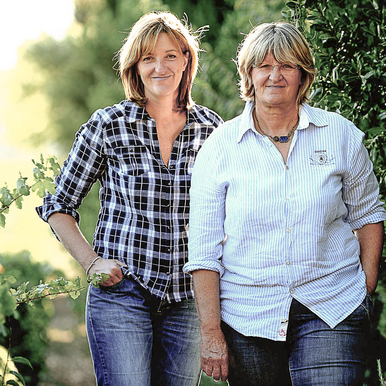
Armenian Sisters of Domaine Marcoux
More about Marcoux

When their brother decided to leave Châteauneuf (and eventually settled in California as a consultant for biodynamic viticulture), there was no question at all for the two sisters to continue on their chosen path. Sophie took primary responsibility for the cellar and Catherine, who had worked in Avignon but had helped in the vineyard from an early age, for the vineyards. 1996 was their first vintage as a couple. The fact that two women ran a winery alone was almost a revolution at the time. Since 2014, they have received active support from Vincent Estevenin, Sophie's son, while Catherine chose to retire in 2019.
In the vineyards
While the estate and cellar buildings are located on the northern edge of the Châteauneuf-du-Pape appellation, close to Orange, the vineyards are situated on various terroirs mainly to the south and east of the town centre. They add up to 18 hectares, with another 8 hectares in Lirac and a good 2 hectares in Côtes du Rhône. All are certified organic, the core parcels since 1991, and are cultivated biodynamically. Vincent looks after the vines, not least with his Saint-Chamond, a legendary tracked caterpillar, ideal for working the rows between old Gobelet vines. "You can't get an expression of terroir if the vines haven't developed deep roots, if they haven't penetrated to the mother rock, because that's where the terroir originates," affirms Sophie. Against downy and powdery mildew, they use biodynamic preparations and infusions of nettles, chamomile flowers and dandelion.
The plots are distributed over seven "quartiers". The Cuvée Vieilles Vignes, bottled only in particularly good years, comes from two sites: on the one hand, from Grenache Noir documented since 1900 with a few Mourvèdre vines from Charbonnières on the northern edge of the famous plateau La Crau, where the soil consists of sand and sandstone; on the other hand, from 1 hectare of Grenache planted in 1949 from Les Esqueirons, where the Armeniens have their largest area with 3.77 hectares, a slope west of the palace ruins made of limestone soil and colluvial sediments.
In the cellar
At Marcoux, all the grapes are harvested by hand, with the harvest assistants already doing the first sorting. The second sorting is done on the trailer, where two helpers transfer the grapes into 50-kilo crates. At the cellar, the harvest then goes over the sorting table. This way, Sophie ensures that she can only use immaculate grapes for the wines. Then they are destemmed before they go into the fermentation tanks. There, the natural yeasts begin their work - earlier or later, depending on the year - with Sophie making sure that the temperatures remain within limits. In the beginning, they are pumped over twice a day to keep the marc moist and to achieve a good extraction. Later, pumping takes place once every two days. If necessary, but rather rarely, they also do a "délestage". This is when the must is completely drawn off from the tank. As soon as the cap has sunk to the bottom, the must is pumped over it again. The motto is caution to preserve the fruit and extract only gently.
The maceration periods last four to six weeks. Together, Sophie and Vincent decide on their end. Then the wines are drawn off and the marc is pressed. The subsequent ageing of the red wines lasts 18 months. In the past, it was almost exclusively done in concrete tanks. In 2014, the duo began to refine the Syrah in older 350-litre barrels. Since 2016, they have invested in 30-hectolitre Stockinger barrels, which give some of the Grenache additional polish. The white wine is aged partly in 600-litre demi-muids and partly in stainless steel for around six months. Recently, amphorae have also been used.
Text and wine expertise: André Dominé

